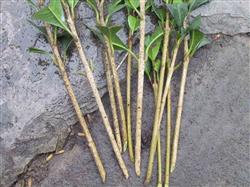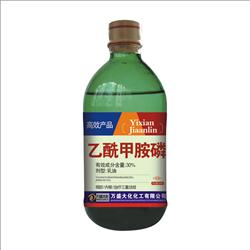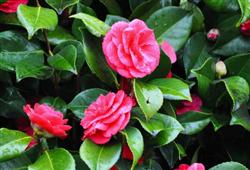How do camellias grow?

How to propagate camellias by cutting? Camellia is one of the top ten traditional famous flowers in China. It likes warm environment, suitable temperature for growth is 18-25 degrees, likes to grow in semi-shade, high air humidity, and in deep summer, fertile, loose, well-drained soil. Avoid hot sun and dry. When cutting and propagating camellias, you can generally follow the following steps. The main results are as follows: 1. The preparation of cutting substrate requires the characteristics of heat preservation, moisturizing, looseness and permeability, etc. Generally, sandy soil or soil rich in humus can be used as cutting substrate, when the conditions do not allow or mass propagation, loess without impurities and mud can also be used. About a week before cutting, the cutting substrate should be exposed to the sun or disinfected with potassium permanganate solution. Wait until 1-2 days before cutting, and then wet the cutting substrate with water. 2. Taking cuttings and cuttings as cuttings, the young branches take root more easily than the old ones, and the semi-lignified shoots take root more easily than the completely lignified old branches. therefore, from the camellia mother plants with good quality, stable characters, strong growth, no diseases and insect pests and short age, the fully developed semi-lignified branches should be selected as cuttings and cut into 8-10 cm long cuttings. Keep the upper 2 leaves, the remaining leaves are cut off from the base of the petiole, the upper end of the cuttings is cut flat at about 0.5-1 cm from the bud, and the lower end is cut obliquely near the Internode. 3. When cutting, we should follow the principle of cutting along with picking, and insert the 1 stroke 3 of the treated cuttings into the wet substrate (usually about 3 cm, which can be cut deeper in arid areas). In order to avoid damage to the cortex at the base of the cuttings, you can first punch holes with a stick thicker than the branches, then insert the cuttings, and then gently compact the soil with your fingers to make the soil in close contact with the cuttings. The suitable cutting density is slight overlap of leaves. 4. Post-cutting management the four factors affecting cuttings rooting are humidity, temperature, air and light. Immediately after cutting, the seedbed should be watered once, and a bow shed should be set up and covered with plastic film to keep the air humidity at about 95% and the temperature at 18-27 degrees. At the beginning, the seedbed should be shaded, and the degree of shading should be a little bigger. in case of high temperature, it can be cooled by foliar spray or spray in the air. After 15-20 days, the healing tissue begins to produce, at this time, the amount of water can be gradually reduced and the humidity can be maintained by about 85%. About 20 days after the formation of healing tissue, it began to take root, and after that, the amount of irrigation could be further reduced to keep the soil moist. In the case of avoiding direct strong light, gradually increase the light time, so that the seedlings for photosynthesis, but also can properly lift both ends of the film to make it ventilated. After the seedlings are completely rooted, they can be transplanted in the open field with soil. In order to improve the survival rate of transplantation, it is usually transplanted in the spring of the second year. After the cuttings are transplanted and survived, a thin human feces and urine can be applied to promote its growth. Click to get more camellia planting techniques click to get more flowers and trees planting techniques
- Prev

How does acephate work?
How does acephate work? Please introduce the characteristics of acephate as an internal inhalation insecticide, which has stomach toxicity and contact effect, and can kill eggs and fumigation to a certain extent. it is a slow-acting insecticide, which has synergism and lasting effect if mixed with carbaryl, dimethoate and other pesticides. The scope of application is suitable.
- Next

What are the diseases and insect pests of camellia that need to be controlled?
What are the diseases and insect pests of camellia that need to be controlled? The pests of camellia include aphids, scale insects, red spiders, rust wall lice, leaf rollers and so on. In addition to rust wall lice, common insecticides can be used to control. The most serious are rust wall lice, mite pests, powdery, small individuals, not easy to find, specifically harm the tender leaves and shoots of camellia, making leaves.
Related
- Fuxing push coffee new agricultural production and marketing class: lack of small-scale processing plants
- Jujube rice field leisure farm deep ploughing Yilan for five years to create a space for organic food and play
- Nongyu Farm-A trial of organic papaya for brave women with advanced technology
- Four points for attention in the prevention and control of diseases and insect pests of edible fungi
- How to add nutrient solution to Edible Fungi
- Is there any good way to control edible fungus mites?
- Open Inoculation Technology of Edible Fungi
- Is there any clever way to use fertilizer for edible fungus in winter?
- What agents are used to kill the pathogens of edible fungi in the mushroom shed?
- Rapid drying of Edible Fungi

